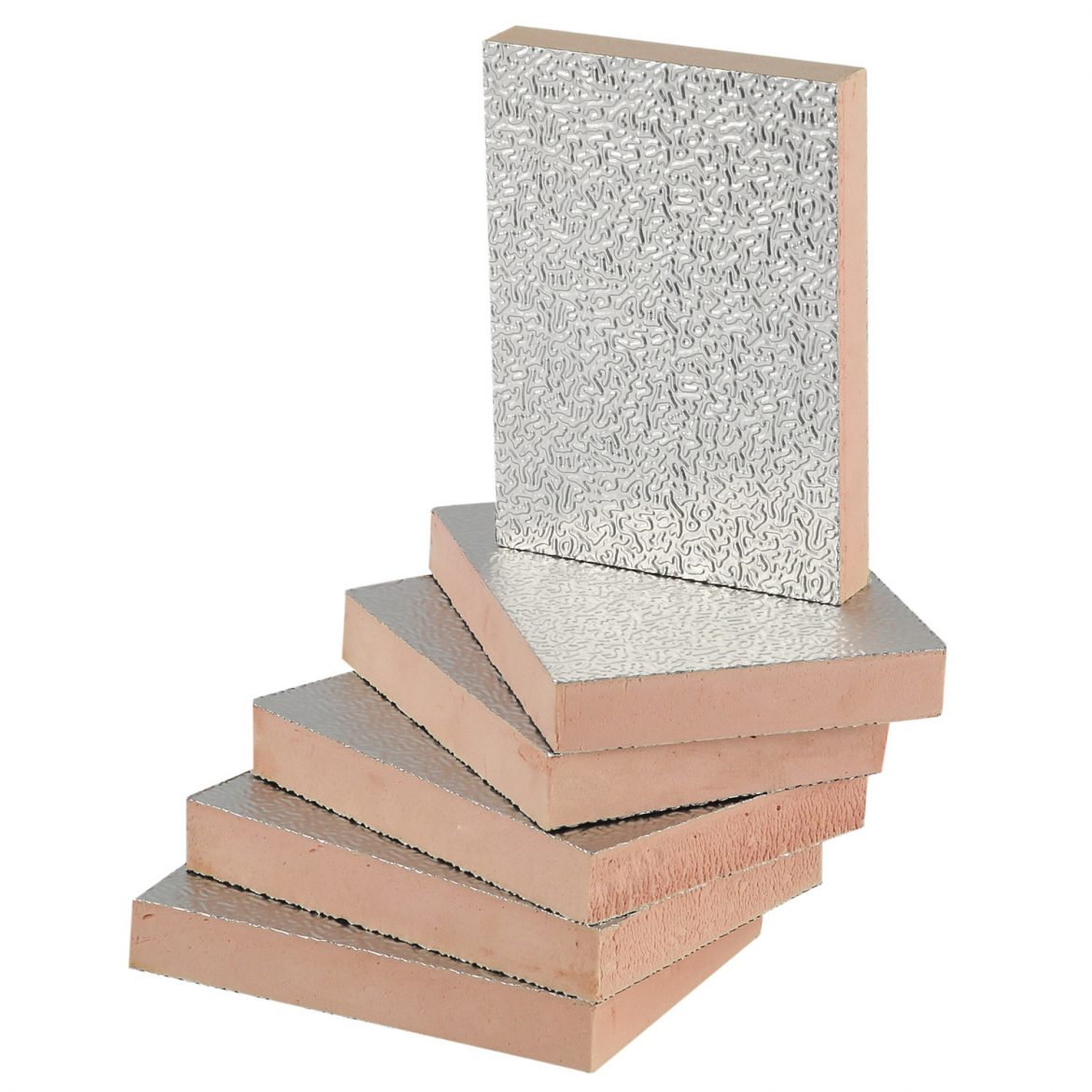Foam insulation has gained popularity in recent years as an effective method for insulating buildings and improving energy efficiency. However, concerns about its fire resistance have also emerged. In this article, we will delve into the question, Is foam insulation fireproof? and explore the safety and effectiveness of foam insulation in relation to fire hazards. We will examine the different types of foam insulation, their fire resistance properties, and provide insights into best practices for ensuring fire safety in buildings with foam insulation.
- Understanding Foam Insulation:
Foam insulation is a type of insulation material that is commonly used in residential and commercial construction. It is typically made from either polyurethane (PUR) or polystyrene (EPS or XPS) foam. Foam insulation is known for its excellent thermal performance, air sealing capabilities, and moisture resistance. However, its fire resistance properties vary depending on the type of foam insulation used. - Fire Resistance of Polyurethane Foam Insulation:
Polyurethane foam insulation, commonly referred to as spray foam insulation, is widely used due to its superior insulating properties. However, it is important to note that not all polyurethane foam insulation is inherently fireproof. The fire resistance of polyurethane foam insulation depends on its specific formulation and the presence of fire-retardant additives.
a. Fire-Retardant Additives:
To enhance the fire resistance of polyurethane foam insulation, manufacturers often incorporate fire-retardant additives during the production process. These additives help to slow down the spread of flames and reduce the release of toxic gases in the event of a fire. It is crucial to choose polyurethane foam insulation products that meet the required fire safety standards and have been tested for their fire resistance properties.
b. Building Codes and Regulations:
Building codes and regulations play a vital role in ensuring the fire safety of buildings with foam insulation. Authorities often require specific fire safety measures, such as the installation of fire barriers or the use of intumescent coatings, to mitigate the potential fire risks associated with foam insulation. Compliance with these codes and regulations is essential to ensure the overall fire safety of a structure.
- Fire Resistance of Polystyrene Foam Insulation:
Polystyrene foam insulation, including expanded polystyrene (EPS) and extruded polystyrene (XPS), is another commonly used type of foam insulation. EPS is often used in insulation boards, while XPS is commonly found in rigid foam insulation panels. Both types of polystyrene foam insulation have different fire resistance properties.
a. Expanded Polystyrene (EPS):
EPS foam insulation is known for its excellent fire resistance. It is inherently non-combustible and does not contribute to the spread of flames. EPS insulation boards are often used in applications where fire safety is a significant concern, such as in commercial buildings, hospitals, and schools.
b. Extruded Polystyrene (XPS):
XPS foam insulation has good fire resistance properties but is not inherently fireproof. It is classified as a thermoplastic material and will melt when exposed to high temperatures. However, XPS insulation panels are manufactured with fire-retardant additives to improve their fire resistance. It is crucial to follow the manufacturer's guidelines and ensure proper installation to maintain the fire resistance of XPS foam insulation.
- Best Practices for Fire Safety with Foam Insulation:
To ensure optimal fire safety in buildings with foam insulation, it is essential to follow these best practices:
a. Proper Installation:
Foam insulation should be installed by trained professionals who are knowledgeable about fire safety requirements. Improper installation can compromise the fire resistance properties of the insulation and increase the risk of fire hazards.
b. Fire Barriers and Intumescent Coatings:
In accordance with building codes and regulations, fire barriers and intumescent coatings should be used to prevent the spread of flames and provide additional fire protection. These measures help contain fires and provide occupants with more time to evacuate safely.
c. Regular Inspections and Maintenance:
Regular inspections and maintenance of foam insulation systems are crucial for identifying any potential fire hazards or damage. Inspections should include checking for gaps, cracks, or signs of deterioration that could compromise the fire resistance of the insulation.
Conclusion:
While foam insulation offers numerous benefits in terms of energy efficiency and insulation performance, it is essential to consider its fire resistance properties. Not all foam insulation is inherently fireproof, and the fire resistance can vary depending on the type of foam insulation used. By understanding the specific fire resistance properties of different foam insulation types, following building codes and regulations, and implementing best practices for fire safety, it is possible to ensure the effective and safe use of foam insulation in buildings.


